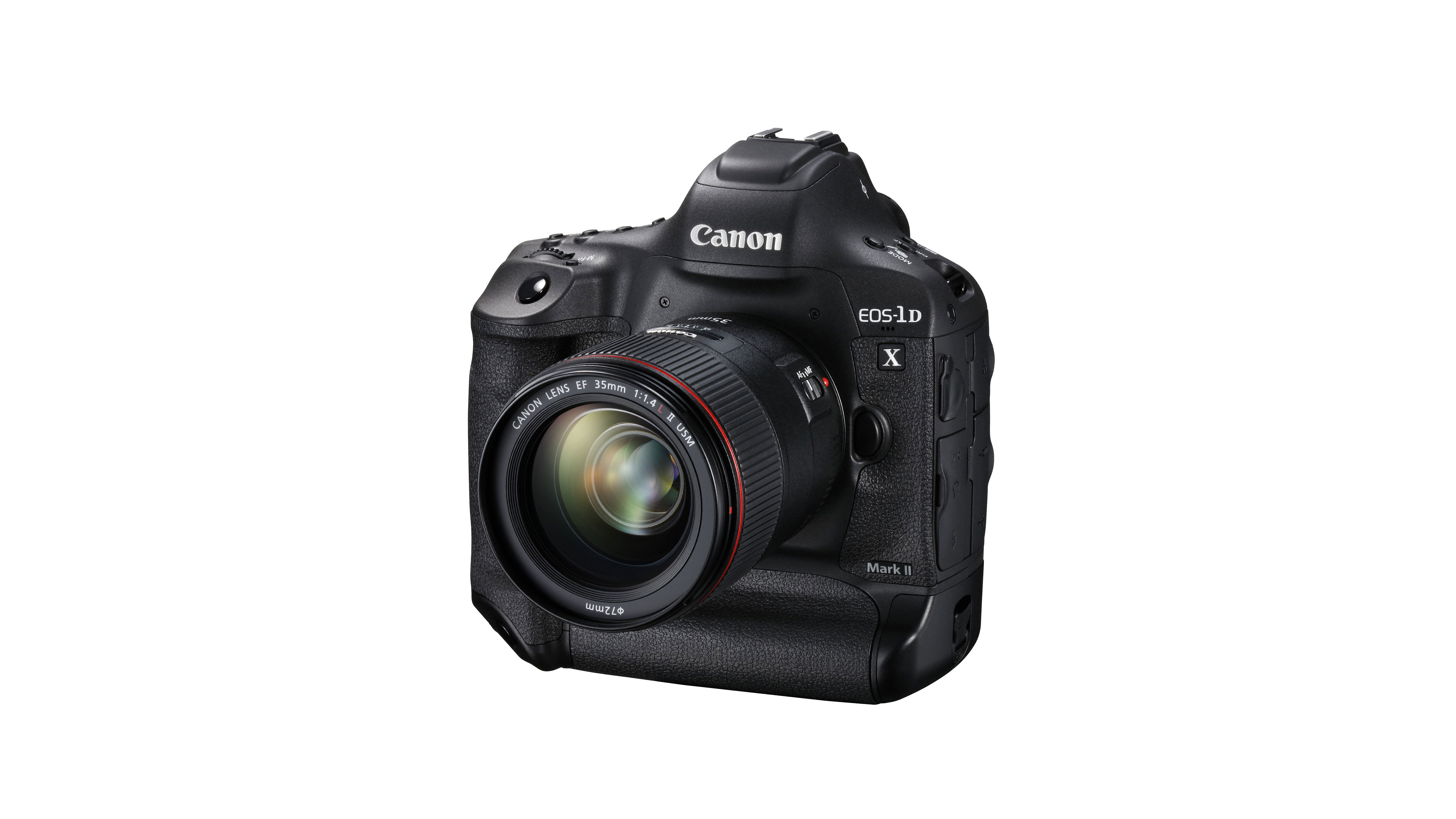Why you can trust TechRadar
The image on the screen of the Canon EOS 1D X Mk II gives a very good impression of the shots it captures, and images don't disappoint when you open them on a large computer screen. The level of detail is excellent through much of the sensitivity range, and both exposure and colours are generally accurate and pleasing.
Examining images captured at ISO102,400 makes it pretty clear why this has been kept as an expansion setting – some details are very mushy at 100%, and even when sized to make A3 prints some areas have a slight diffuse glow. The camera also struggles with reds, with some gradation in tone being lost.
Drop down to ISO51,600 and things pick up quite a bit. Without any noise reduction applied the raw files have a little bit of visible chroma noise when sized for A3 prints, but there's a good level of detail. Meanwhile the simultaneously captured JPEGs have no visible noise at the same size, but a little of the detail is lost. Post-capture adjustment enables you to find a happy medium with the raw files.
While these results are good for ISO51,600, where possible I would keep the sensitivity to ISO25,600 or lower, as both the raw and JPEG files look better with less noise and more detail respectively.

Click here for the full-resolution image

Click here for the full-resolution image

Click here for the full-resolution image
The main competition for the 1 DX Mk II is the Nikon D5, and it's interesting to compare the results from the two cameras. Throughout the sensitivity range the results from the D5 look quite a bit sharper at 100% on-screen – both the raw files and the JPEGs.
However, the Nikon camera's files look over-sharpened in some areas, even the raw files without any post-capture treatment. By comparison the 1D X II's raw files look soft, but they sharpen up nicely with post-capture adjustments, and it's possible to avoid them looking over-sharpened.
The D5 has a maximum native sensitivity value of ISO102,400, and at this setting it produces slightly better results than the 1D X Mk II, at least at 100% on-screen – the differences are less clear at normal viewing sizes. However, while the noise is just a little better controlled and colours more vibrant, the D5 struggles a bit more to reproduce reds accurately – they look over the top.
Step up to the 1D X Mk II's maximum expansion setting (ISO409,600) and the results are pretty terrible from both cameras. JEPGs look fuzzy, while raw files have lots of coloured speckling. I would avoid this setting with either camera, although the D5 performs slightly better.

Click here for the full-resolution image

Click here for the full-resolution image
Step down to the 1D X II's uppermost native sensitivity setting (ISO51,600) and it's hard to pick a winner. Some areas look better from the D5, while others look better from the Canon camera. However, the D5 again does a slightly poorer job of reproducing reds in our sensitivity test scene.
Canon has upped its autofocus game for the 1D X Mark II, and the system performs brilliantly. I had no trouble shooting moving subjects in a wide variety of conditions, including very low light.
While the camera does a reasonable job of detecting and tracking a subject in Automatic selection AF mode, using one of the point or Zone AF modes is a safer bet if you can keep the active area or zone over the subject. Zone AF mode worked especially well when shooting go-karters in gloomy indoor conditions.
I wasn't able to spend long directly comparing the 1D X II's AF performance with the D5's, but my impression is that the Canon camera's is slightly better – though neither camera disappointed.

Click here for the full-resolution image

Click here for the full-resolution image

Click here for the full-resolution image
Metering is taken care of by the EOS iSA (Intelligent Subject Analysis) system, which has a dedicated 360,000-pixel RGB+IR sensor and which divides the scene into 216 zones. I found it very reliable in a wide range of conditions, and there were no occasions when I had to use exposure compensation unexpectedly.
With many cameras exposure compensation is used to hold on to highlight detail, but there were few occasions when this was necessary with the 1D X Mk II. Our dynamic range lab results confirm that the camera scores well, beating or matching the 1D X for much of the sensitivity range. It scores particularly well at the lower end of sensitivity scale, but there are a few mid-range values where it falls a little behind the original 1D X.
Canon has lead the way with stills SLRs producing video, and the 1D X II doesn't disappoint. In the default 'Standard' Picture Style images look natural – just like the stills – and there's good detail, with noise controlled well. The autofocus system also works well, adjusting swiftly (when that option is selected) and smoothly even in remarkably low light.
